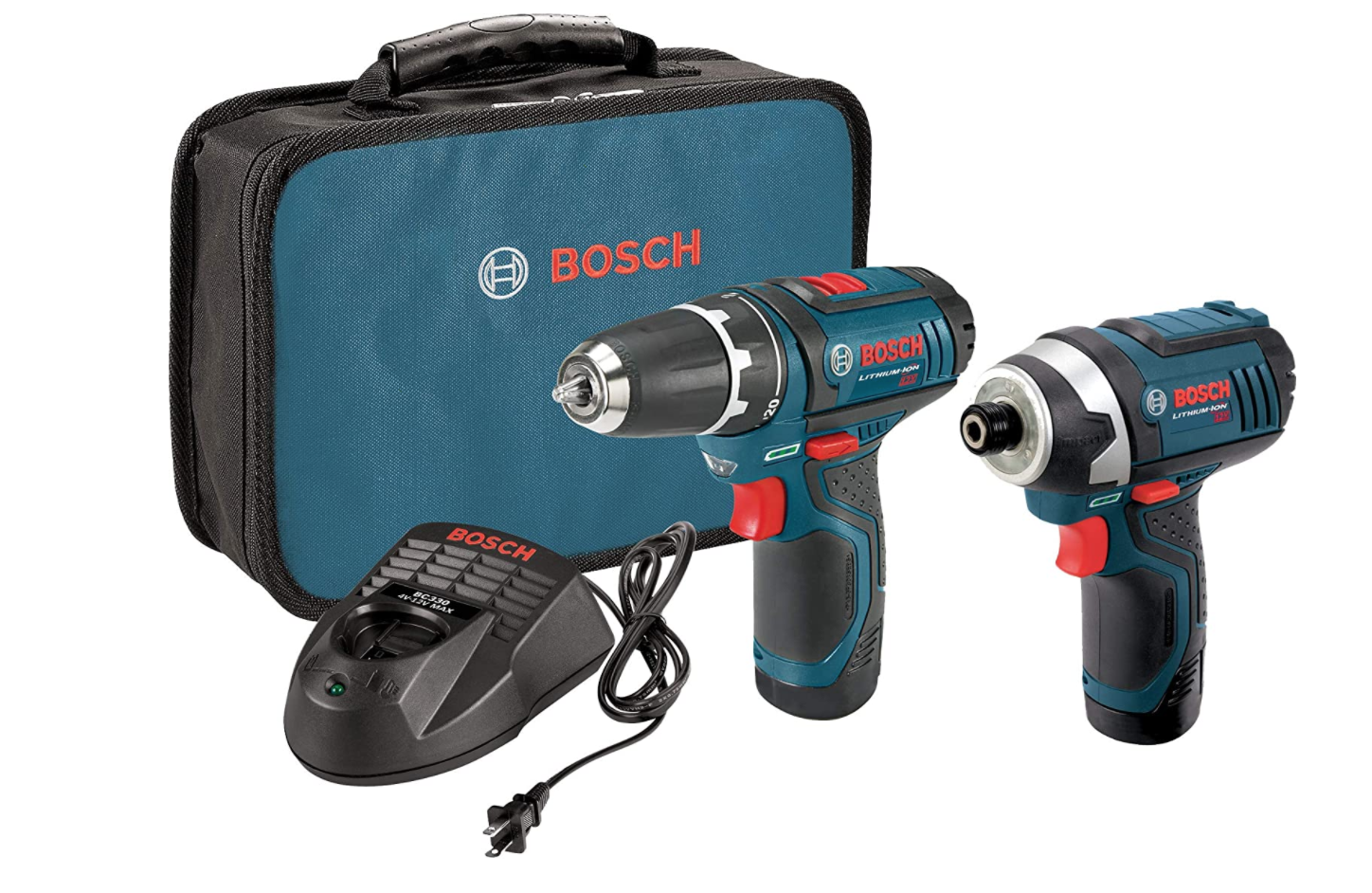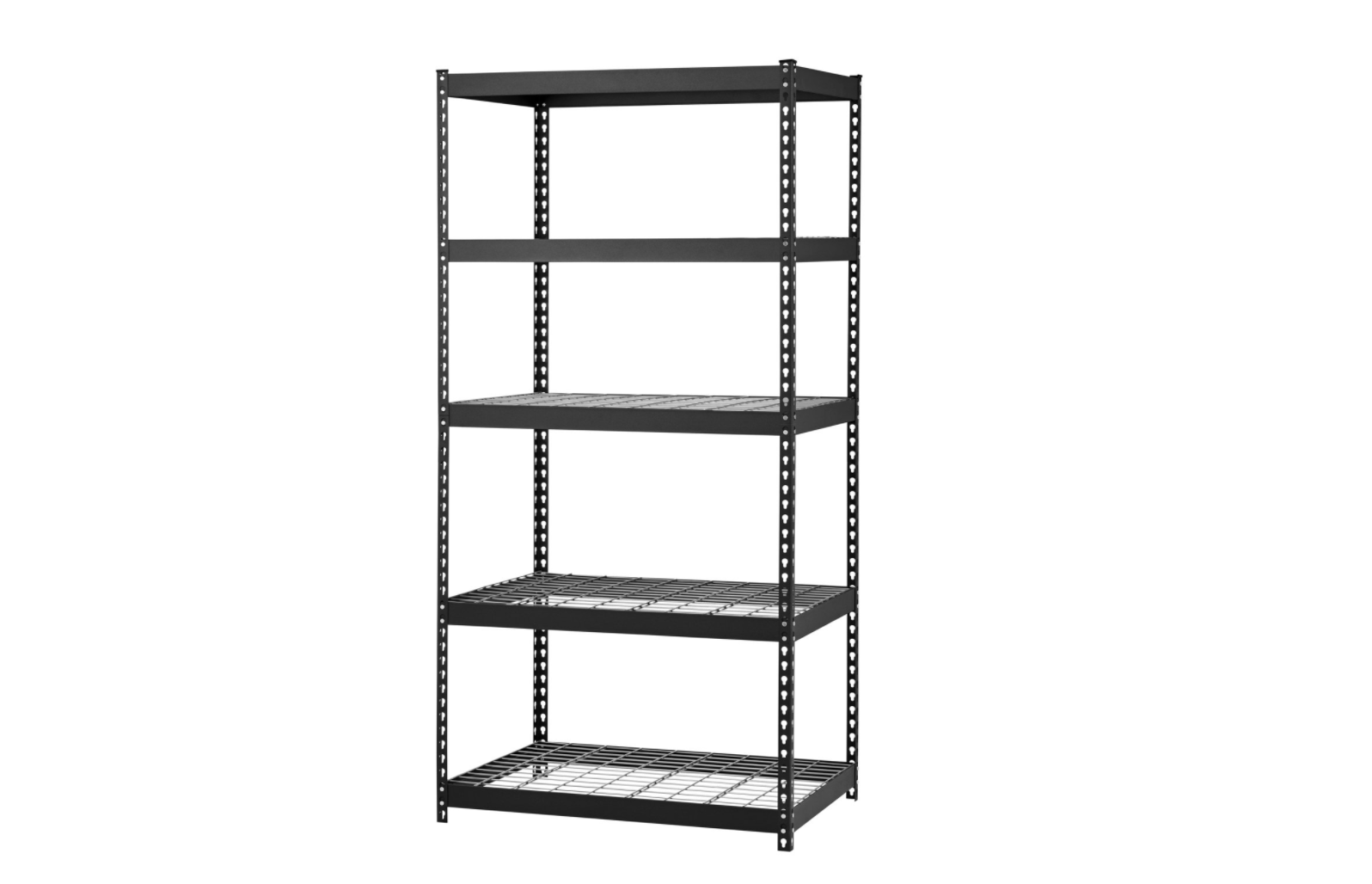SHOP
You can now buy the entire Drip Bucket +Farm
You may also view the items individually and read our advice on materials below:
STEP 1: YOU WILL NEED THESE TOOLS TO ASSEMBLE YOUR DRIP BUCKET +FARM.
STEP 2: GET THE REQUIRED MATERIALS FOR YOUR SYSTEM
STEP 3: GET YOUR LIGHTS
Quick Fact: Plants need an energy source to convert the nutrients and carbon dioxide into the sugar they use to grow. This process is called photosynthesis. Since we are growing indoors and cannot use the sun as a primary energy source, the +Farm supplements with artificial lighting. Artificial lighting can provide plants all the energy they need for photosynthesis.
Almost any type of artificial light can be used to provide the lighting plants need, but some types of light are much more efficient than others. An incandescent light bulb provides light but also a lot of heat, so it isn’t very efficient as a light producer. It also has high levels of red light and causes plants to stretch. The most common artificial lighting used in CEA are fluorescent lights, LED’s and HPS (High Pressure Sodium). T-5 fluorescent lights are the most efficient fluorescents and contain high levels of blue light, causing plants to be more compact and sturdy. LED’s are more efficient than fluorescents meaning that they will cost less to provide the same amount of light. Either type of light should work fine in your multilevel +Farm. They both provide plants all the energy they need for photosynthesis. For those of you growing larger crops in our bucket system, HPS are the ideal choice as they provide the higher amounts of light needed for these fruiting crops.
STEP 4: CHOOSE YOUR SEEDS
HERE ARE SOME RECOMMENDED VARIETIES THAT YOU CAN START WITH.
STEP 5: GET EQUIPMENT TO MEASURE THE PH LEVEL AND EC OF THE WATER IN YOUR SYSTEM
LEARN MORE ABOUT PH AND EC HERE.
Quick Facts: pH refers to the ratio of hydrogen (H+) and hydroxyl (OH-) ions in solution. In other terms, it tells us how acidic or basic the nutrient solution is and uses a scale of 0-14. Pure water has a pH of 7.0. Any reading above 7.0 refers to a basic (alkaline) solution and any reading below refers to an acidic solution. Most plants grow best with a pH between 5.5 - 6.5.
EC stands for Electrical Conductivity, which is a measurement of the level of salts in the water. Most plant nutrients (fertilizers) are salts and so adding nutrients to your water will increase the EC reading of your nutrient solution. In other words, EC is a measurement of how much food there is for your plants in the nutrient solution.
YOU CAN GET A COMBO METER TO MEASURE BOTH EC AND PH AT ONCE:
OR YOU CAN GET YOUR EC AND PH METERS SEPARATELY:
STEP 6: AERATION
EQUIPMENT TO PROVIDE AERATION TO THE WATER IN YOUR SYSTEM IS RECOMMENDED. YOU CAN GET AN AIR STONE AND ITS NECESSARY ACCESSORIES TO INCREASE AERATION.
LEARN MORE ABOUT AERATION HERE.
Quick Fact: The goal of the air stone is to increase oxygen levels in your water. The air stone should be located in your reservoir and working continuously. This will allow water circulated by the pump to have a higher level of oxygen.
STEP 7: ADD-ONS (OPTIONAL)
Quick Facts: Depending on where your +Farm is located, air circulation (fan) may or may not be an issue.
Air circulation is important for a number of reasons:
Humidity: Stagnant air will encourage humidity to settle on leaves. Wet leaf surfaces are ideal for the development of fungi. Air circulation will keep moisture off the leaves.
Growth: There is a super thin layer of moisture on the leaf surface (boundary layer). As this layer dries out, a plant will transpire (through open leaf pores called stomata) and release moisture. As it does this, it pulls water and nutrients in through the roots and up through the plant.
Air exchange: Plants use CO2 and release O2. If they are in a confined space, the CO2 levels will gradually lower and growth will be reduced. Air exchange is important to bring in air rich in CO2 and remove the CO2 poor air. It will also remove warmer more humid air and replace it with drier, cooler air.



